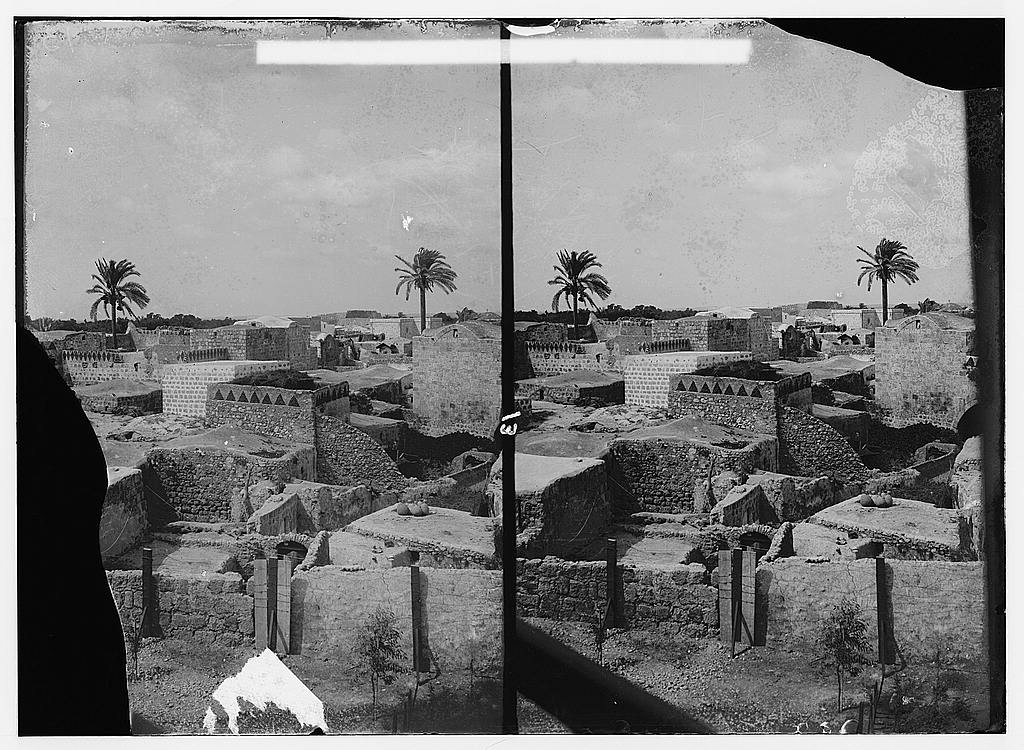
In pictures: Seven images that highlight the historical importance of Lod
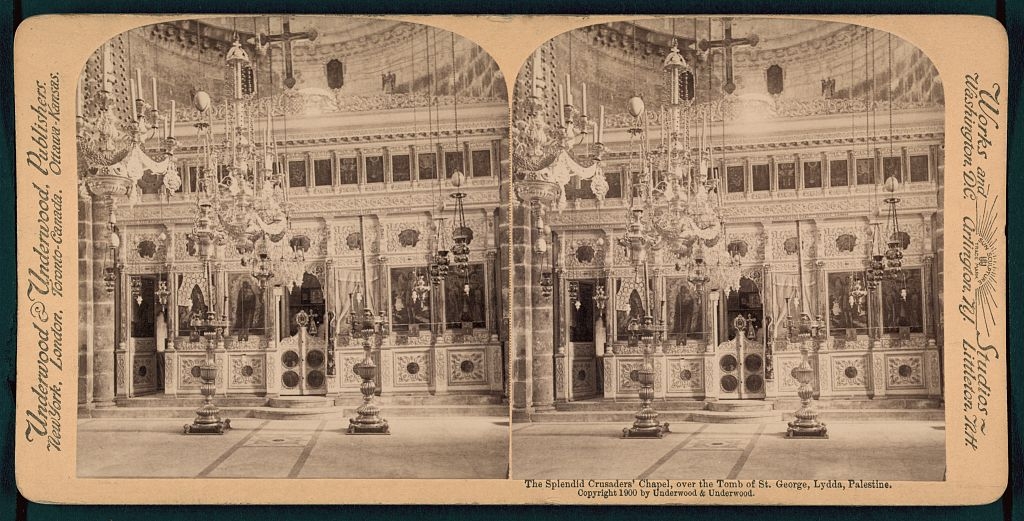
Lod, or Lydd as it is known to Palestinians, has a history that stretches back around 7,500 years. In that time, the city has changed hands between some of the world's most famous empires. Archaeological records show evidence of human settlement dating to around 5,500 BCE. Later inhabitants and rulers include the Canaanites, the Egyptians, the Kingdom of Israel, the Greeks, and Romans, among others. As the Roman Empire fell into decline, its successor state, the Byzantine Empire, took over its eastern territories, including Lydd. The city then passed to Muslim rulers in the seventh century CE, after which a number of successive Muslim empires controlled the area. This ended with the arrival of Christian Crusaders in the late 11th Century. The picture above, dated to 1900, is of a Crusader-built chapel over what is believed to be the tomb of Saint George, who was venerated by English crusaders. (Library of Congress)
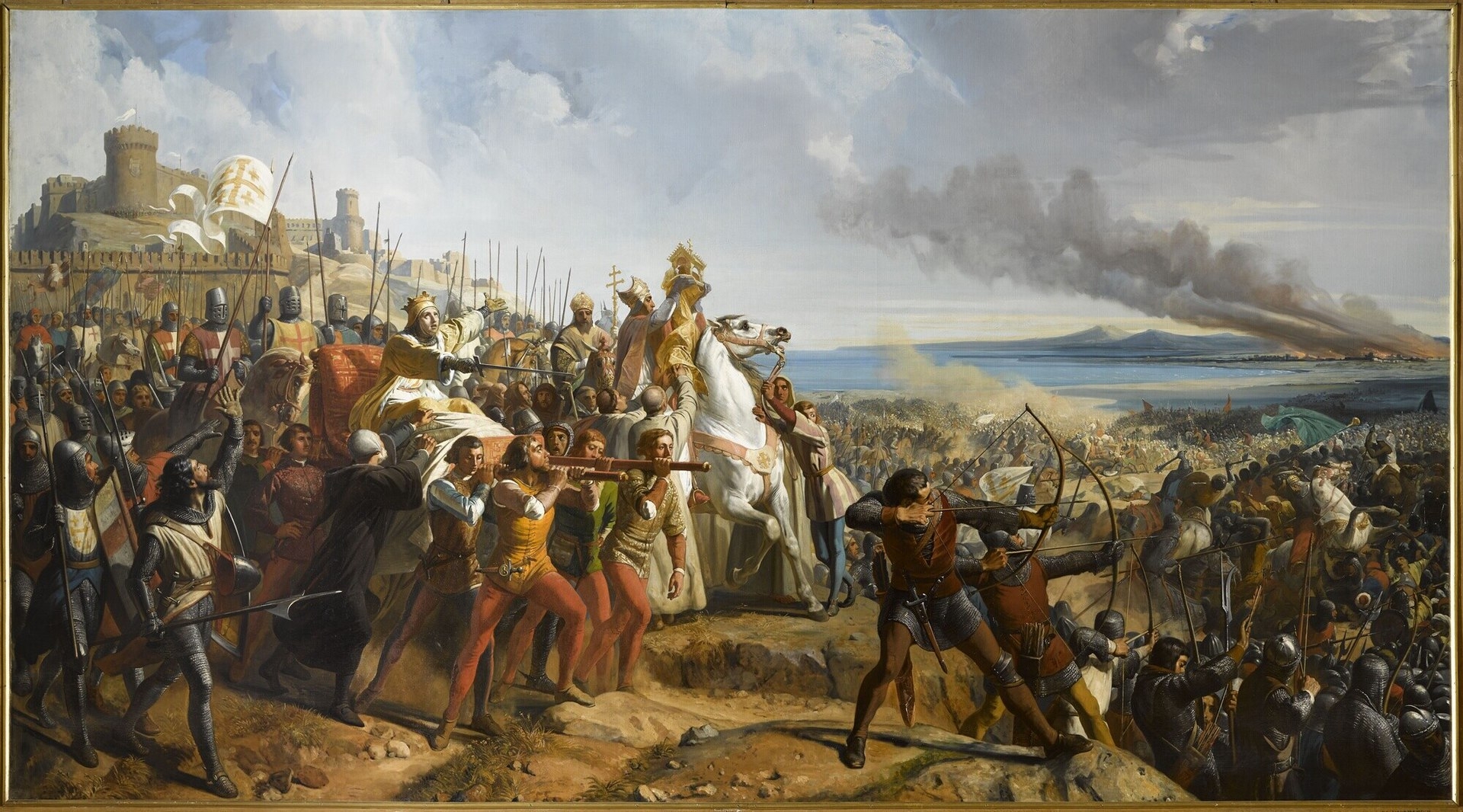
The painting above is by the 19th-century French painter Charles-Philippe Lariviere. It depicts the Battle of Montgisard near Ramla and Lydd in 1177. The military engagement between the Islamic general Saladin and Crusader forces under Baldwin IV ended in defeat for the Muslim armies. Saladin would later capture the city for the Muslims again but it soon returned to Crusader control. However, when the Kurdish commander's Ayubbid dynasty was eclipsed by the Mamluks, the area was retaken and Muslim dominance was established here for the following seven centuries. (Creative Commons)
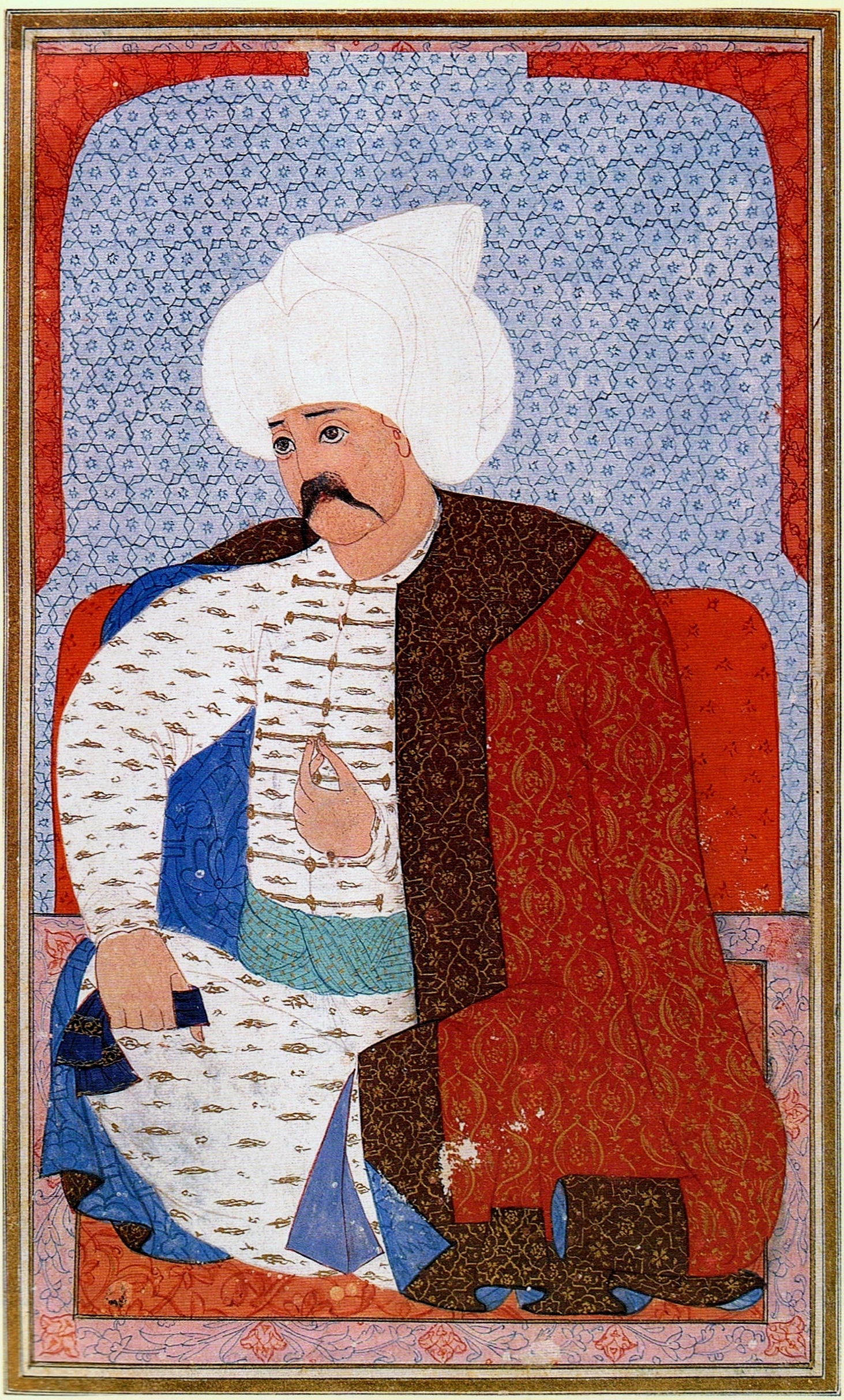
The Mamluks were an elite class of slave soldiers who originally came from the Eurasian steppes, an area that stretches from the northern shore of the Caspian through to Central Asia. Having established a base in Egypt, Mamluk warriors eventually overpowered their Ayyubid lords and set up their own empire, which took over most of the territory Saladin had conquered. However, after defeat in the Ottoman-Mamluk war in 1517, their empire was subjugated by the Turkic Ottomans, led by Sultan Selim I, pictured above. Lydd and other territories were then under Ottoman rule for the next 400 years. (Painting by the Ottoman miniaturist Nakkas Osman via WikiMedia)
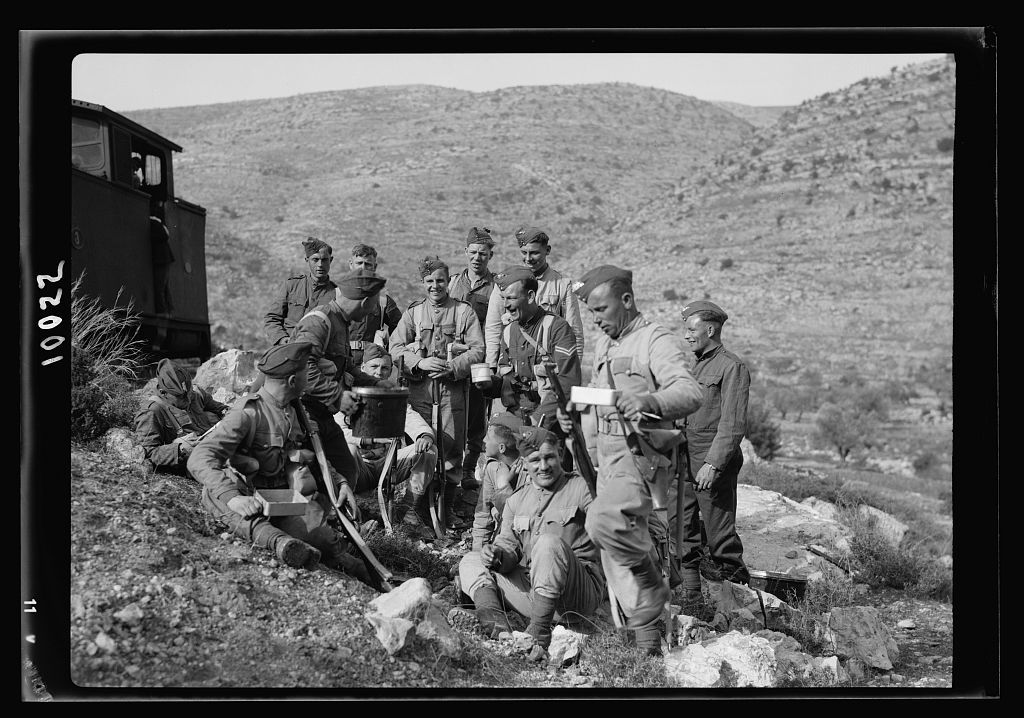
In 1892 one of the first Ottoman railway stations in the historic Palestine region was established in Lydd. In the picture above, British soldiers are seen guarding a railway line near the city in 1938. The Ottoman Empire was defeated in 1917 during the First World War and lost the majority of its territories in the Levant, including Lydd. Britain subsequently established a mandate in historic Palestine and remained there until what Palestinians call the Nakba, or "catastrophe", and the establishment of Israel in 1948. (Library of Congress)
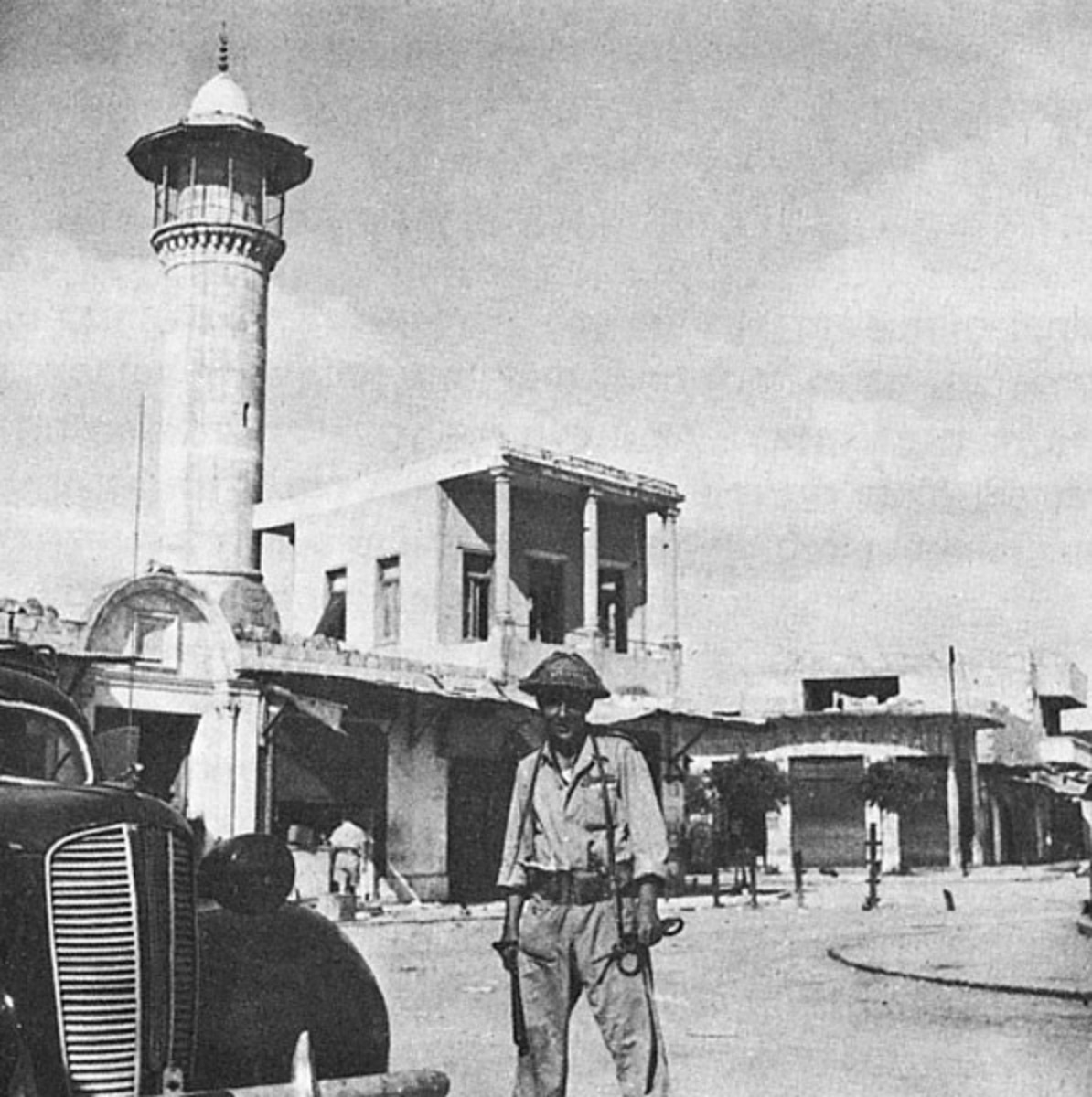
In the picture above, dated 1948, an Israeli soldier stands guard near the Dahmash mosque in Lydd. As part of the territory seized by Israel in 1948, tens of thousands of Palestinians were made to flee the city, never to return. In 1922, a census carried out by the British colonial mandate put the population of Lydd at 8,403: 7,466 Muslims, 926 Christians, and 11 Jews. The proportions were much the same in 1931, the year of the next census, and there were only 20 Jews to nearly 15,000 Muslims in 1945. (Creative Commons)

The picture above shows Lod Airport (now Ben Gurion Airport) at some point between 1934 and 1939. In 1947, as the British mandate drew to a close, the United Nations voted to partition Palestine into a Jewish and an Arab state, with Lydd forming part of the latter. In the ensuing 1948 Arab-Israeli war, Israel seized much of the proposed Arab state, including Lydd, nearby Ramleh, Jaffa, West Jerusalem, and territories in the West Bank. In the aftermath of the Nakba, 760,000 Palestinians were forcibly expelled from their homes, dispossessed of their property, and dispersed into refugee camps throughout the region, flipping the territories' demographics on their head. Seventy-eight percent of the land, including Lydd and Ramleh, came under Israeli control. (Library of Congress)
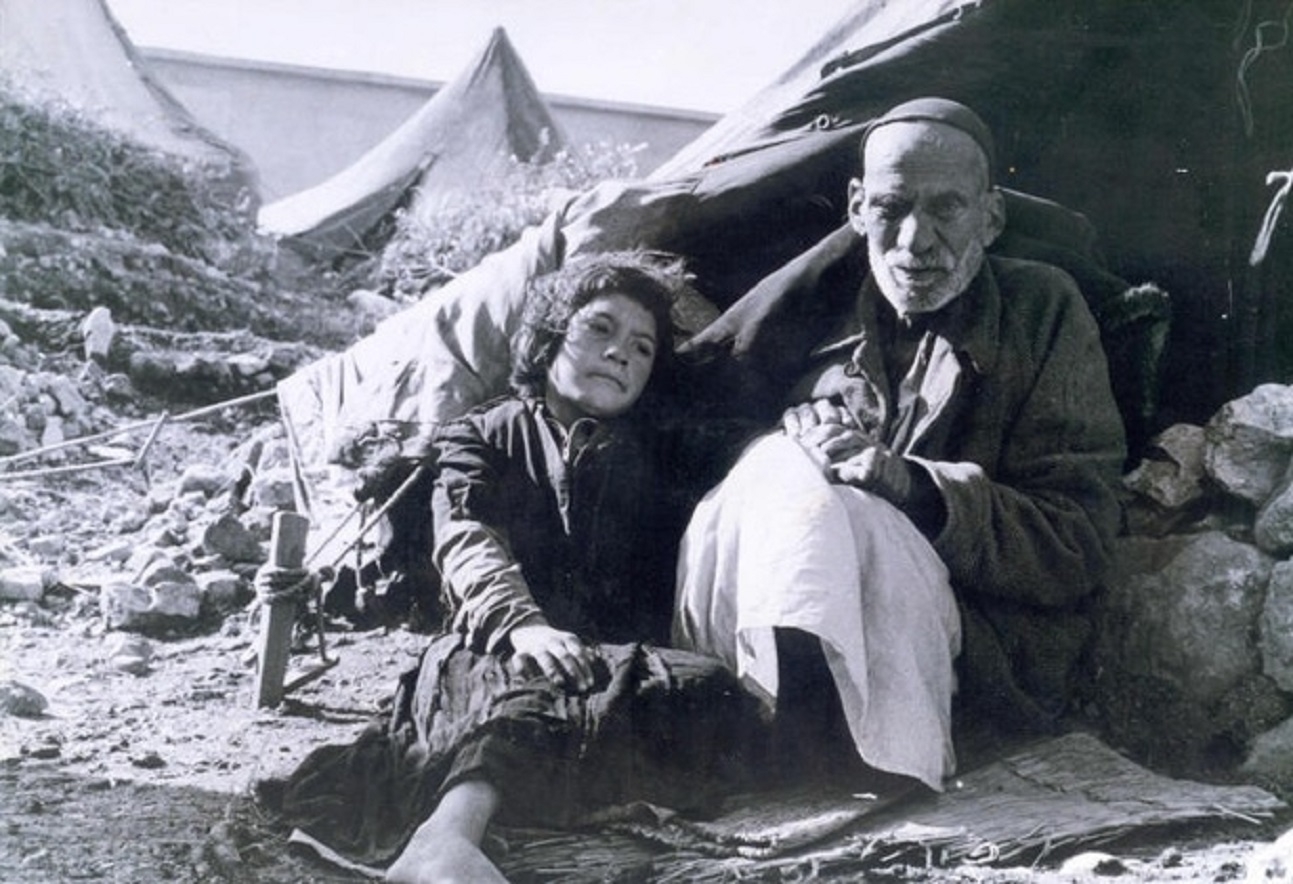
The picture above is of a Palestinian man and child who fled Israeli forces during the Nakba in 1948. While the exact location of the image and origins of those present within it cannot be confirmed, the scene was typical of what thousands of Lydd's Palestinian residents were put through when they were expelled by Israeli forces. Yitzhak Rabin, who would later become Israel's prime minister, recounted his experiences as the Lydd area's military commander in 1948. In a censored section of his memoirs, revealed in the New York Times, he remembered how Israel's first prime minister, David Ben Gurion, responded when asked what to do with the 50,000 surrendering Palestinians of Lydd and Ramleh, later to be reinvented as the Jewish towns of Lod and Ramle. "Ben Gurion waved his hand in a gesture that said: 'drive them out!'" In an influential article published in the New Yorker in 2013, Israeli commentator Ari Shavit admitted that hundreds of Lydd's residents were massacred by Israeli soldiers and tens of thousands more driven out on a forced march to the West Bank. (WikiMedia)
Middle East Eye delivers independent and unrivalled coverage and analysis of the Middle East, North Africa and beyond. To learn more about republishing this content and the associated fees, please fill out this form. More about MEE can be found here.




